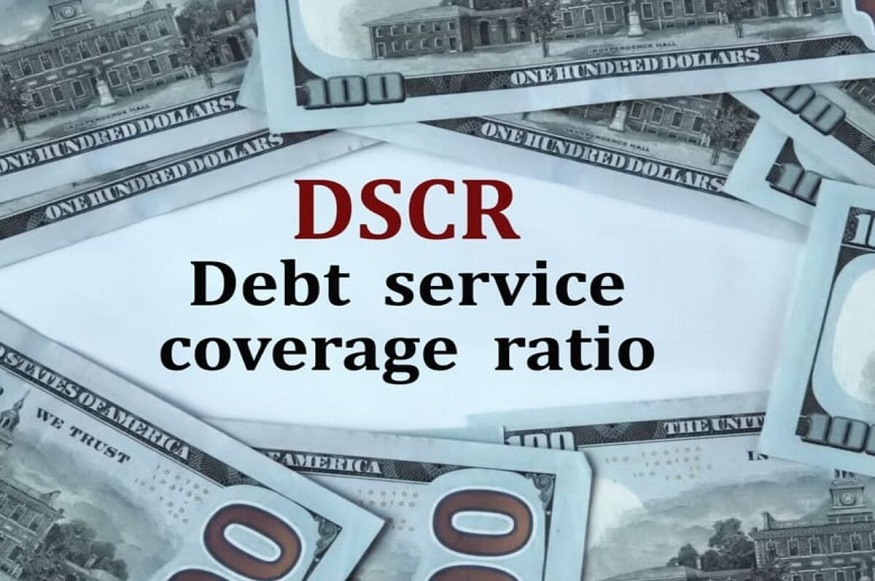
For real estate investors, securing financing can often be challenging, especially when traditional banks require extensive personal income documentation. That’s where DSCR loans come in. These loans, also known as Debt Service Coverage Ratio loans, are designed with property investors in mind, focusing on a property’s income-generating potential rather than the borrower’s personal income. By prioritizing rental cash flow, DSCR loans make it easier for investors to scale their portfolios and access funding quickly.
What Does DSCR Mean?
The Debt Service Coverage Ratio (DSCR) is a financial metric that compares a property’s net operating income (NOI) to its annual debt obligations. It helps lenders evaluate whether a property produces enough income to cover mortgage payments.
Formula:
DSCR=NetOperatingIncomeDebtServiceDSCR = \frac{Net Operating Income}{Debt Service}DSCR=DebtServiceNetOperatingIncome
For example, if a rental property has $100,000 in NOI and $80,000 in annual loan payments, the DSCR equals 1.25. This indicates the property generates 25% more income than needed to cover debt, which most lenders view as a strong investment.
Why DSCR Loans Are Different
Traditional mortgage lenders rely heavily on a borrower’s tax returns, W-2s, and employment history to qualify for financing. For real estate investors, particularly those with multiple properties or self-employment income, this can be limiting. DSCR loans, however, evaluate the property itself.
With DSCR-based lending, approval depends on how much rental income the property generates—not on the investor’s personal salary. This makes it possible for investors to grow portfolios without being restricted by debt-to-income ratios.
Key Benefits of DSCR Loans
- No Income Verification
Borrowers don’t need to submit pay stubs, tax returns, or employment history.
- Easier Portfolio Growth
Investors can finance additional properties because approval is tied to property performance.
- Entity-Friendly Ownership
Properties can often be purchased under LLCs or corporations, giving investors liability protection and tax flexibility.
- Flexible Property Types
DSCR loans can be used for single-family rentals, multi-family units, and short-term rentals like vacation homes.
- Streamlined Process
With fewer documents required, DSCR loans can be approved and closed faster than traditional mortgages.
Who Benefits Most From DSCR Loans?
DSCR loans are especially beneficial for:
- Self-employed individuals who don’t have W-2 income.
- Investors with multiple rental properties who want to continue scaling.
- Short-term rental operators relying on platforms like Airbnb or Vrbo.
- Entrepreneurs and small business owners who prefer to separate business and personal finances.
Typical DSCR Loan Requirements
Even though DSCR loans are more flexible, they still have basic requirements:
- Minimum DSCR Ratio: Usually 1.20 or higher, though some lenders allow as low as 1.0.
- Down Payment: Generally 20–25%.
- Credit Score: Most lenders look for 660 or above.
- Property Eligibility: Must be an income-generating property.
- Loan-to-Value Ratio (LTV): Commonly capped at 75–80%.
DSCR Loan Example
Let’s say an investor purchases a duplex that generates $6,500 monthly in rental income. After operating expenses, the annual NOI is $65,000. The mortgage requires $52,000 per year in debt payments.
DSCR=65,00052,000=1.25DSCR = \frac{65,000}{52,000} = 1.25DSCR=52,00065,000=1.25
With a DSCR of 1.25, this property qualifies for financing under most DSCR loan programs, showing it produces enough income to comfortably cover its debt.
DSCR Loans vs. Traditional Mortgages
| Feature | Traditional Mortgage | DSCR Loan |
| Qualification Basis | Personal income & DTI | Property cash flow |
| Required Documents | W-2s, tax returns, pay stubs | Lease agreements, property NOI |
| Speed of Process | Slower, detailed review | Faster, simplified |
| Ownership Flexibility | Usually borrower’s name | LLCs and entities allowed |
| Best For | Homebuyers | Real estate investors |
Risks of DSCR Loans
Like all financing options, DSCR loans come with risks:
- Slightly Higher Rates: Interest rates may be higher than conventional loans.
- Market Fluctuations: Vacancies or reduced rental demand can impact DSCR.
Strict Ratio Requirements: Properties that don’t meet lender thresholds may not qualify.
Investors should plan for potential vacancies and build cash reserves to manage risks effectively.
Why DSCR Loans Are Growing in Popularity
The rise of short-term rental platforms, increased interest in real estate as a wealth-building strategy, and the demand for flexible financing options have all contributed to DSCR loans becoming a go-to solution. Investors appreciate the fact that their growth isn’t limited by their personal finances but instead fueled by their properties’ performance.
Final Thoughts
Debt Service Coverage Ratio loans offer real estate investors a path to growth that is both practical and scalable. By focusing on property income rather than personal income, DSCR loans eliminate many of the hurdles that come with traditional mortgages.
For investors ready to expand portfolios, diversify holdings, and create long-term wealth, DSCR loans represent one of the most powerful financing tools available today.


